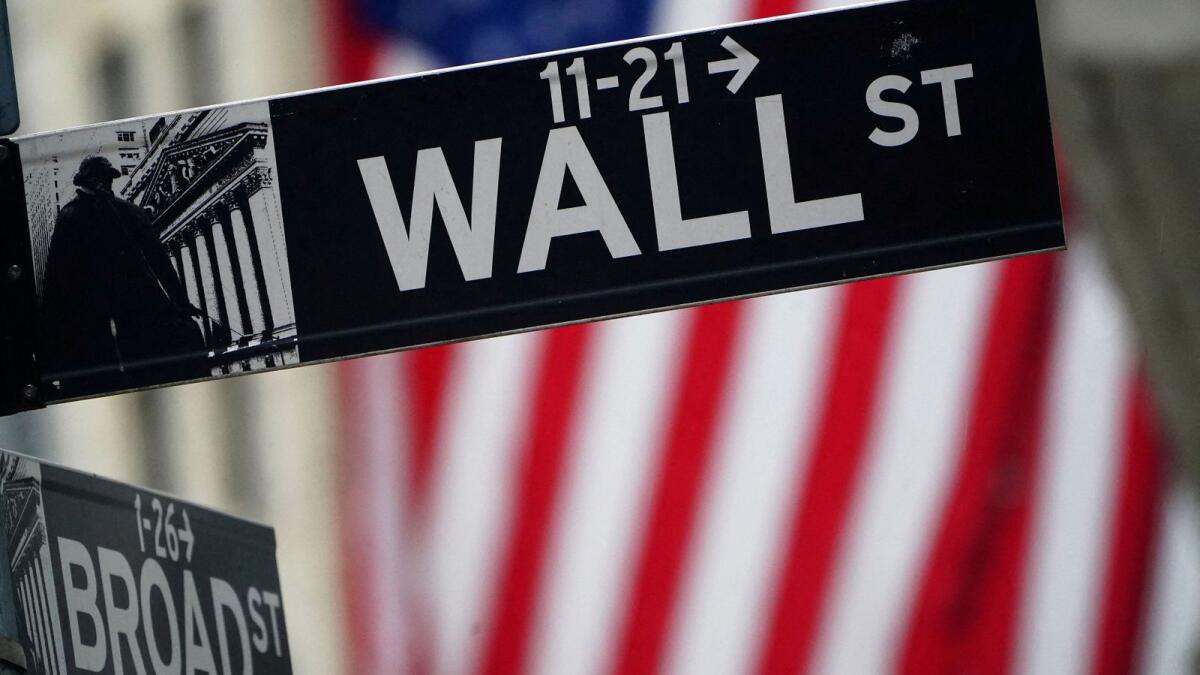Government bond markets have experienced solid price gains over the summer but now face challenges due to bets placed on quick central bank rate cuts, slowing inflation, and the upcoming US presidential election. Benchmark 10-year US Treasury yields are expected to end August with a significant drop, the largest monthly decline this year, driven by expectations of faster rate cuts. Borrowing costs in Germany and Britain have also decreased, setting all three regions up for their first quarterly drops since the end of 2023. This inverse relationship between bond yields and prices indicates a shift in market dynamics.
The recent gains in government bonds have led to the resurgence of the investment theme that “bonds are back” after facing losses amid the post-pandemic surge in inflation and interest rates. Despite a return of just 4 percent globally last year, following 15 percent losses in 2021-22, and a 1.3 percent year-to-date return, major investors believe that any further gains may stall or even be exaggerated. The economy is not heading towards a recession but rather experiencing a soft landing, according to Guillaume Rigeade, co-head of fixed income at Carmignac. He is bearish on longer-dated bonds on both sides of the Atlantic.
Bond markets have been influenced by bets on the Federal Reserve cutting rates by around 100 basis points across its remaining meetings this year, leading to a double expectation from late July. However, equity markets have not followed the same trajectory, with returns remaining flat since mid-July while global government bonds have returned around 2 percent. Economists predict fewer rate cuts than traders anticipate from both the European Central Bank and the Fed, creating a challenge for investors looking for substantial returns in the government bond market for the rest of 2024.
The upcoming August US jobs report will be a crucial test for the bond market, with a weaker report potentially increasing expectations of a 50 basis points Fed move in September. Stronger data, on the other hand, may lead to a reduction in bets on rate cuts. Easing inflation has also supported bond markets, with market indicators showing a decline in expectations. However, core inflation remains steady on both sides of the Atlantic, warranting a cautious approach among investors. The surge in oil prices due to tensions in Libya and the Middle East adds an element of uncertainty to the mix.
With the November US presidential election looming, the market remains cautious about the outcome and its implications on bond markets. The race between Vice President Kamala Harris and Republican rival Donald Trump has kept investors on edge, with 61 percent of BofA’s August survey respondents refraining from trading the election in US Treasuries. Different outcomes, whether a Trump presidency with a Republican Congress or a focus on fiscal discipline and clarity on US growth, may impact longer-dated bonds and inflation levels. Clarity on US growth may support euro zone bonds, which have underperformed US peers this year.
Overall, the challenges facing government bond markets, including rate cuts, inflation trends, and the US presidential election, have created a complex landscape for investors seeking meaningful returns. Navigating through these uncertainties will require a combination of strategic positioning, monitoring economic data, inflation trends, and political developments. As the bond market continues to evolve, staying informed, flexible, and prudent in decision-making will be essential for investors to capitalize on opportunities and mitigate risks.











